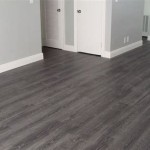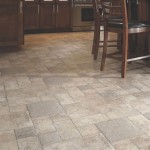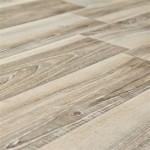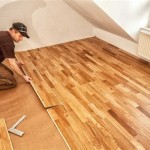Vinyl Plank Flooring Over Hardwood: A Guide to Installation and Benefits
Enhancing the beauty and functionality of your home flooring is a strategic decision that requires careful consideration. Vinyl plank flooring is a popular choice for homeowners due to its durability, resilience, and aesthetic appeal. When installed over an existing hardwood floor, vinyl planks offer a range of benefits and present a cost-effective alternative to replacing the entire flooring.
Installing vinyl plank flooring over hardwood is a relatively straightforward process that can be completed by a skilled DIY enthusiast or professional installer. The key to ensuring a successful installation lies in preparing the surface properly and using high-quality materials.
Before embarking on the installation, ensure that the hardwood floor is level and free from any significant imperfections. Remove any loose or damaged boards and repair any gaps or cracks. Clean the floor thoroughly to remove dirt, debris, or any remaining adhesive residue.
Next, it's crucial to choose the right type of vinyl plank flooring. Look for planks specifically designed for installation over existing hardwood floors. These planks typically feature a thicker backing that provides a cushion and helps mask any minor imperfections in the subfloor. Select vinyl planks with an appropriate thickness and wear layer to meet your specific needs and traffic requirements.
To install the vinyl planks, begin by spreading a thin layer of vinyl flooring adhesive over a small section of the hardwood floor. Place the first plank into the adhesive and firmly press it down. Continue installing subsequent planks by locking them together and ensuring they are level and aligned properly. Use a tapping block and hammer to gently tap the planks into place and create a secure bond.
After installing all the vinyl planks, allow the adhesive to dry completely, following the manufacturer's instructions. Trim any excess vinyl around the edges of the room using a utility knife. Finally, install appropriate moldings or baseboards to conceal any gaps and enhance the overall appearance of your new vinyl plank flooring.
Installing vinyl plank flooring over hardwood offers several advantages: Durability: Vinyl plank flooring is highly resistant to scratches, dents, and moisture damage, making it ideal for high-traffic areas and homes with pets or children. Cost-effective: Compared to replacing the entire hardwood floor, installing vinyl planks is a more budget-friendly option that offers a similar aesthetic appeal.
Low Maintenance: Vinyl plank flooring is easy to clean and maintain. Regular sweeping or mopping is sufficient to keep it looking its best.
Variety of Designs: Vinyl plank flooring comes in a wide range of colors, patterns, and textures, allowing you to create a custom look that complements your home's décor.
When considering vinyl plank flooring over hardwood, it's essential to note that it's a permanent installation. While the vinyl planks can be removed, it may damage the hardwood floor underneath.

Installing Luxury Vinyl Floors Over Engineered Hardwood Honey Built Home

How To Install Vinyl Flooring Over Hardwood Floors Wood Floor Fitting

Installing Luxury Vinyl Floors Over Engineered Hardwood Honey Built Home

Installing Luxury Vinyl Floors Over Engineered Hardwood Honey Built Home

How To Install Lvp Over Hardwood Flooring

Can I Install Luxury Vinyl Plank Over Hardwood Floors

How To Install Lvp Over Hardwood Flooring

Installation Of Vinyl Flooring Over Hardwood Guide Options

A Beginner S Guide To Installing Vinyl Plank Flooring Dumpsters Com

The Dangers Of Vinyl Plank Flooring Auten Wideplank
Related Posts








